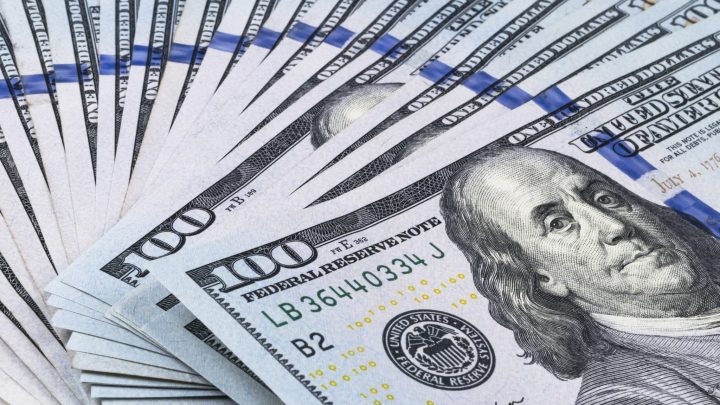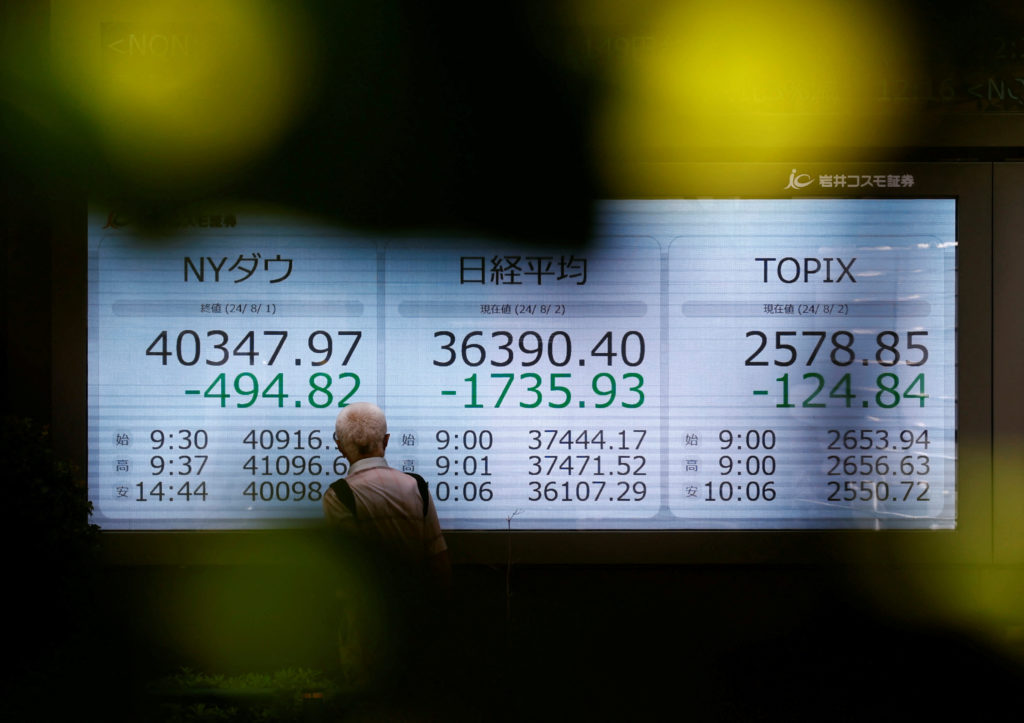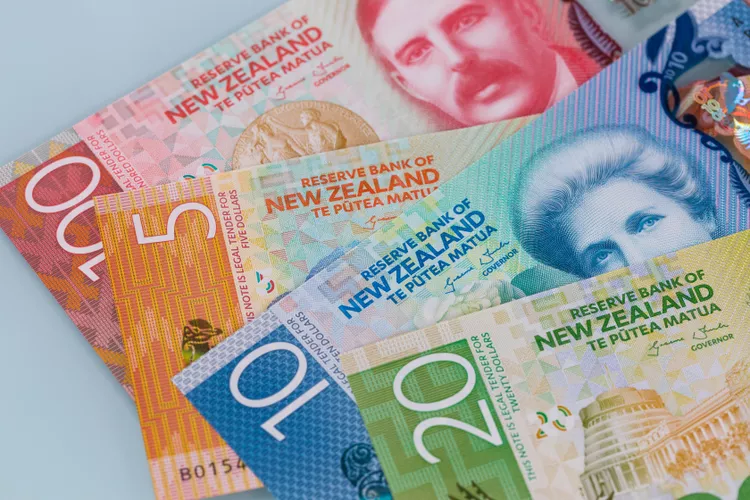The US Dollar (USD) has maintained strong momentum, driven by the potential for a Republican clean sweep in the upcoming elections and market speculation on Donald Trump’s future policy agenda. According to ING’s FX Analyst Antje Praefcke, betting markets now predict a 93% chance of Republicans winning the House, which could give Trump considerable leeway in executing his policies. As a result, global financial markets have reacted by buying the dollar, repricing the Federal Reserve’s (Fed) easing cycle higher, and showing a preference for US equities, all while punishing stocks tied to Trump’s trade policies, such as a 7% drop in BMW shares.
However, despite these political developments, FX analysts are advising caution, noting that the DXY Index is likely to consolidate in the 104.50-105.50 range. Investors are now focusing on domestic economic factors and the Fed’s response. The overriding narrative is that disinflationary trends are firmly in place, meaning that restrictive interest rates are no longer necessary. As the market fully prices in a 25 basis point (bps) rate cut at the upcoming Federal Open Market Committee (FOMC) meeting, uncertainty persists regarding how Chair Jay Powell will address the markets’ increasingly dovish expectations.
In the face of these factors, analysts do not foresee significant losses for the dollar, though some consolidation within the 104.50-105.50 range seems probable. The key for investors will be how they navigate the months leading up to 2025, when Trump’s economic agenda will likely take shape. Until then, markets will continue to be influenced by Trump’s social media activity and his picks for top administration posts, including the next US Treasury Secretary.
The key takeaway for the USD: while strong fundamentals back the currency, political uncertainty and Fed decisions will continue to shape its trajectory in the coming months. As the election risk has largely passed, investors will now focus on how the Fed and upcoming policy shifts unfold, particularly in relation to Trump’s inflationary agenda and his approach to global trade relations.




